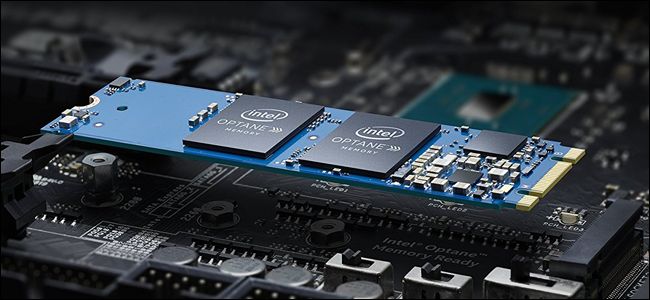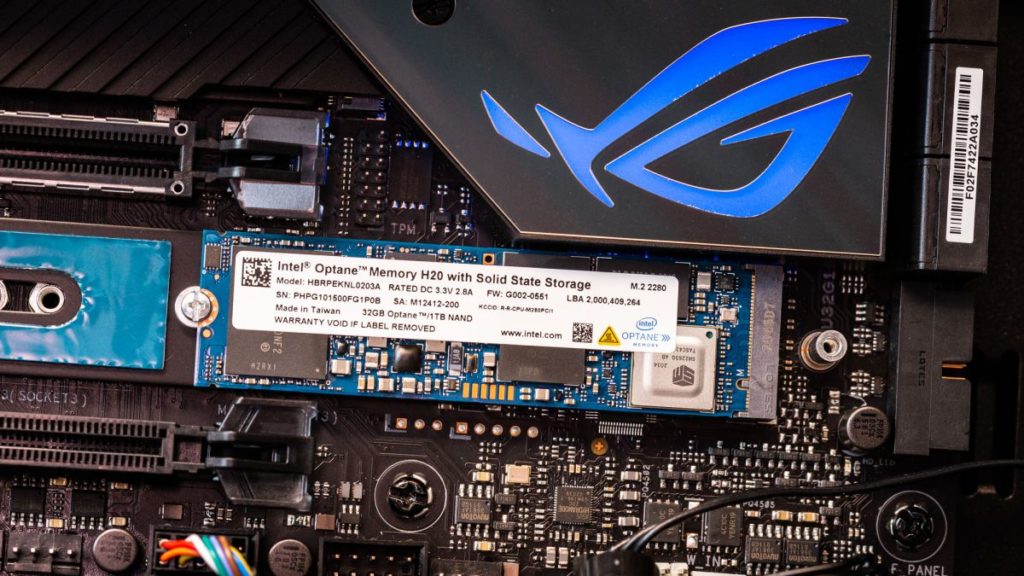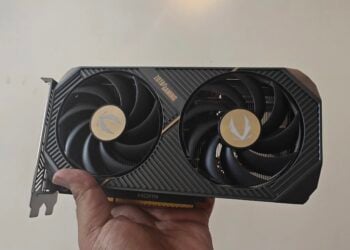Intel Optane was introduced to much fanfare in 2015, but it appears to be fading from view as we approach 2022. Blocks & Files, a storage-focused tech news outlet, claims to have discovered the underlying cause for Intel’s decision to halt attempts to promote or spotlight Optane.
Optane is a huge financial drain on the corporation and according to information from the official 10K SEC filing, Optane lost $576 million in 2020, the latest year with complete figures for income contributions. According to calculations, the Optane business will lose more than $500 million in 2021.

Blocks & Files examined Intel’s financial filings for the years 2020 and 2021 for its report. Intel’s Optane business isn’t always broken out in numbers, although it was shifted between the Non-Volatile Memory Solutions Group (NSG) and the Datacenter Solutions Group in 2020. (DSG).
In 2020, Optane business activities are expected to lose $576 million, as seen in the graph above. Things are less obvious in 2021 because no financial event has surfaced in Optane’s operating income figures. However, if we use the same revenue-to-income ratio in 2021 as we did in 2020, we may safely expect Intel’s Optane division to lose roughly $530 million.
To summarise the financial revelations and speculation above, we can’t say for sure that Intel will lose more than half a billion dollars in 2021 as a result of its Optane business, but the data we do have don’t look good. Despite these setbacks, Intel may see Optane as a valuable means to sell its Xeon servers.
It’s probably fair to argue that Optane hasn’t quite delivered on its promises. The paradigm-shifting technology, which promised to bridge the gap between DRAM and NAND using new high-density nonvolatile memory technology, vanished from the consumer market roughly a year ago. Intel had recently supplied Intel Optane Memory H20 to laptop manufacturers when it reluctantly confessed that consumer products were off the table.

Micron, Intel’s technology partner, likewise stopped developing products based on the shared 3D Xpoint Technology last year (Optane is Intel’s brand for devices with 3D XPoint). Micron sold its 3D XPoint Fab to Texas Instruments for $900 million a few months after that announcement.
It was marketed at the time as a memory technology that didn’t have the drawbacks of DRAM or NAND. The new memory technology, according to Intel and Micron, might well suit that widening chasm by being quick, inexpensive, and non-volatile.
However, the early consumer versions were low capacity, expensive, and lackluster in several applications. For example, SSD manufacturers were unconcerned about HDDs combined with Optane Cache drives. Without the support of IT experts and enthusiasts, the technology never really took off at a scale that could drive prices down, motivate software development to optimize for it and make it a product that consumers and datacenter administrators wanted.

Perhaps one day, this type of best-of-both-worlds technology will resurface with greater vigour. Ultram, for example, is a new memory technology that aims to combine memory and storage. As colleges and other institutions continue to work on comparable technologies, Intel may be able to recoup a significant portion of its patent licensing costs, and we’ll see another cycle of spectacular storage technology.
But, until then, it appears that Optane will remain a significant write-off for Intel as a technological moonshot that, while technically successful, never achieved the level of acceptance required to be successful. But, as a firm with close to $35 billion in cash as of late 2021, those losses are losses that the tech behemoth can shrug off as it looks to the next potential breakthrough invention.
also read:








